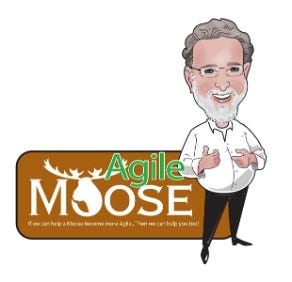Failed Transformation
Another list
I saw Kate Megaw's Top 5 list posted, and it inspired me to create my own related Top 5 list, but more focused on Agile Coaches than leaders and leadership.
The primary driver is that we are often too critical of leaders in agile transformational contexts. While they are indeed an integral part of any transformation, I want to be more inclusive 😉
Agile Coaches lack well-rounded and deep experience and skills.
Agile Coaches install a framework, overanalyze, and co-create a context-specific set of patterns.
Agile coaches tell the leaders what to do instead of looking in the mirror themselves.
Agile Coaches who use Agile terminology without understanding the rich history and the deeper underpinnings of the terms.
Agile Coaches who don’t have a clue about Culture-shaping and the role they play in it.
Agile Coaches coach from the sidelines rather than getting in the game, stepping onto the pitch with their clients, and co-owning the outcomes.
I know, I over-delivered 😉 What do you think of my list?
If all those conditions had been true in agile transformations, our client success rates would have been far better.
And I hope the current and next generation of Agile Coaches learn from our past failures.
Thanks for the inspiration, Kate!
Stay agile, my friends,
Bob.
Whatever your role or experience, life in the agile space can be challenging today. Having someone to serve as your coach, as a sounding board, be a truthteller, and become a trusted partner on tap to leverage during those tricky bits can be helpful. That’s precisely where Agile Moose can help you.
We’re not just an Agile Coach, but a business domain expert, a personal advisor, an organizational design and development consultant, and a leadership coach and partner.
The moose brings over 35 years of technical and product leadership experience across a broad range of contexts. If you’re stuck and know it, reach out, as I can help.




Interesting post, Bob. What I have noticed is that Agile Coaches often get boxed in by the frameworks they’re certified to teach. The job becomes less about solving the real problem and more about keeping everything aligned to the Agile Manifesto. That tension makes it hard for them to improvise or step outside the playbook, even when the situation clearly calls for it.